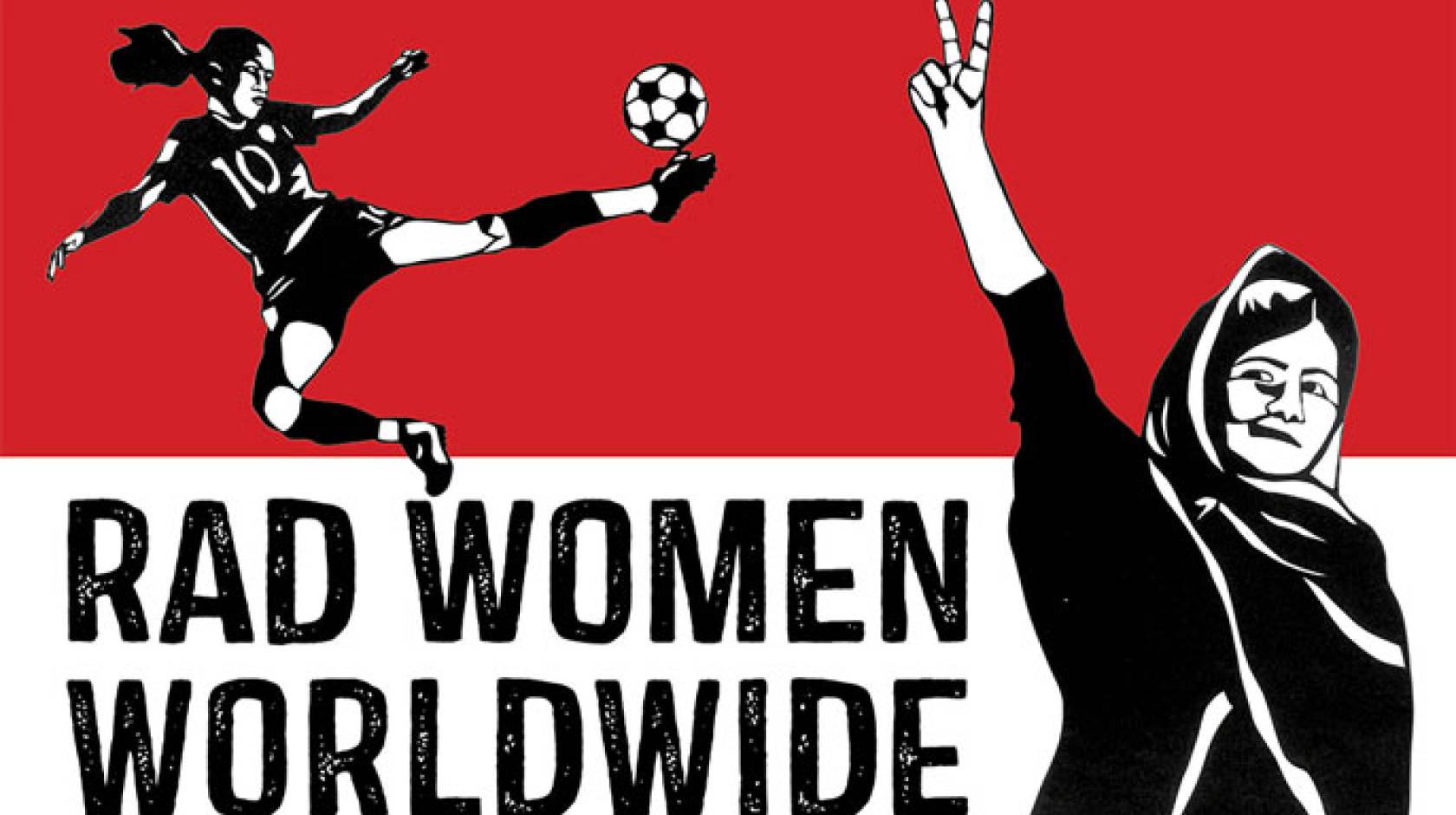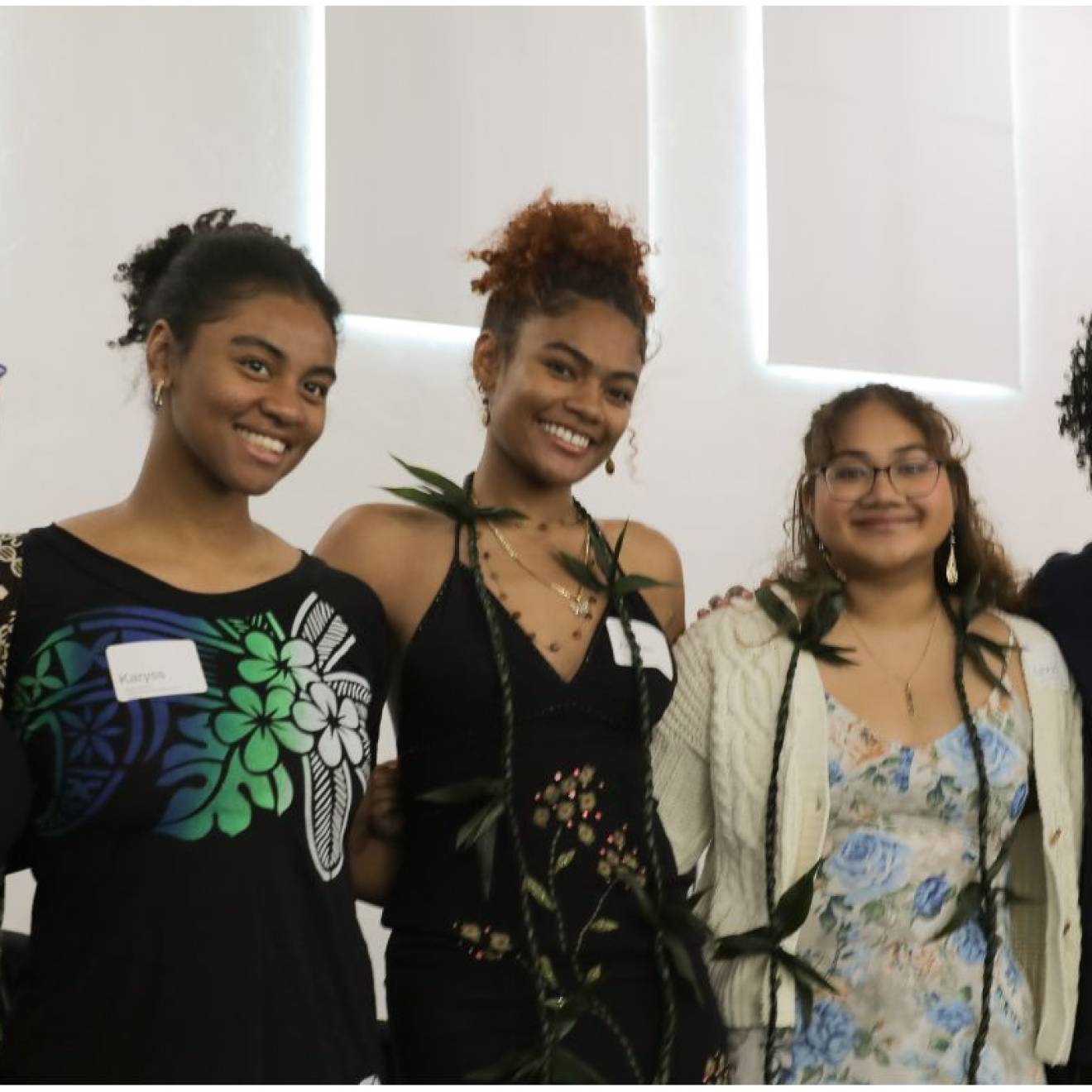Scott Rappaport, UC Santa Cruz

Rad Women Worldwide — the follow-up to UC Santa Cruz alumna Kate Schatz’s New York Times bestselling book — "Rad American Women A-Z" — is a showcase of extraordinary women from 31 countries around the world.

Credit: UC Santa Cruz
The new book features inspired stories of perseverance and radical success, combining well researched profiles with expressive cut-paper portraits by artist Miriam Klein Stahl.
The women featured range from Liv Arnesen and Ann Bancroft (polar explorers and the first women to cross Antarctica), to Malala Yousafzai (the youngest person to win the Nobel Peace Prize) to Poly Styrene (singer-songwriter and lead singer for the punk rock band X-Ray Spex).
The book also includes Josephine Baker (dancer, singer, actress and civil rights activist), Frida Kahlo (artist and activist), Hatshepsut (pharaoh and king of ancient Egypt), Maria Montessori (physician and founder of the Montessori philosophy of education), Sophie Scholl (student and anti-Nazi political activist within the White Rose nonviolent resistance group in Nazi Germany) and Kasha Jacqueline Nagabasera (Ugandan LGBTI rights activist).
The aim of the book is to illustrate the immense range of what women have done and can do. As a bonus, Schatz adds an additional 250 names of “international rad women” as a reference for readers to continue their own research.
And in its first week of publication, Rad Women Worldwide debuted at No.8 on the New York Times bestseller list for Children’s Middle Grade Hardcover books.
Inspiration for 'Rad Women'

A graduate of UC Santa Cruz in 2001 with a B.A. in Women’s Studies and Creative Writing, Schatz is a writer, editor, educator, left-handed vegetarian and feminist activist. Her work of fiction, "Rid of Me: A Story," was published in 2006 as part of the acclaimed 33 1/3 series, and her short story “Folsom, Survivor” was included as a “Notable Short Story” in Best American Short Stories 2011.
Schatz is also the former Chair of the School of Literary Arts at Oakland School for the Arts, where she taught fiction, poetry and journalism to 9th-12th graders for many years.
“As I researched and wrote this book during the summer and fall of 2015, the world often felt like a scary and sad place,” Schatz shares in a personal note from the writer at the end of the book. “News of war, terrorism, gun violence and human suffering was relentless. Far away in lands distant from my own, people fled war, desperate to find new homes; here on the streets of America, police gunned down young black boys. Politicians and terrorists stoked hatred. Bullets flew, and tears fell.”
“It is no exaggeration to say that writing this book was a refuge for me. A reminder of the vast realities of historical suffering, and the enormous capacity for love and change. Every day I sought solace in the stories of these women whose lives were tragic and triumphant, inspiring and encouraging. When the forces of evil seemed to dominate the events of the world, these accounts reminded me that women have overcome, fought back, led, created, invented, achieved and succeeded. We have climbed mountains, planted trees, crossed continents. We have protected land and language. We have been there. And always will be.”
“There’s a famous saying that ‘history is written by the victors,’” Schatz concludes. “I agree, but I’d also say that history is written by the writers — and I am one. And that’s why I’ve made you this book.”

